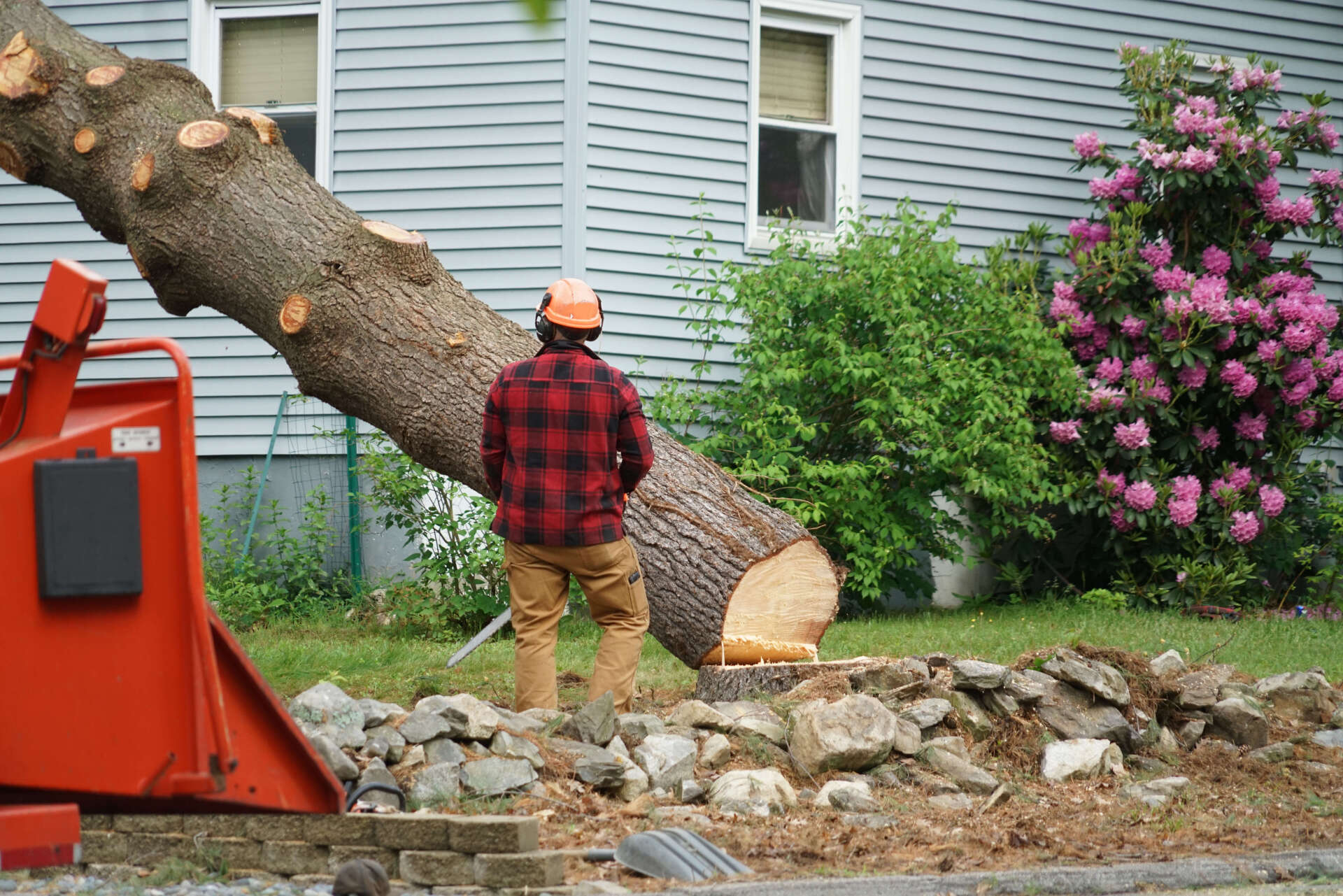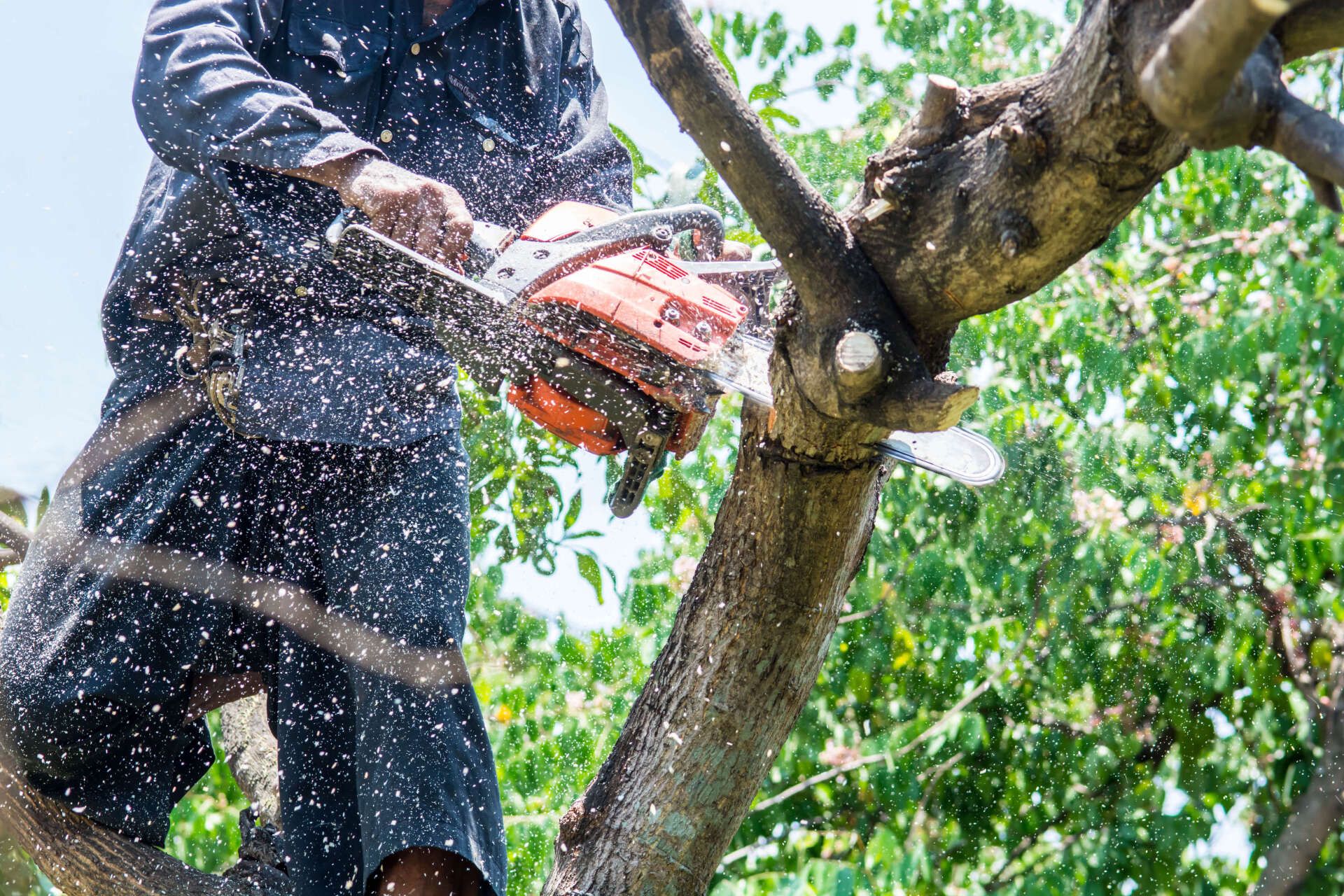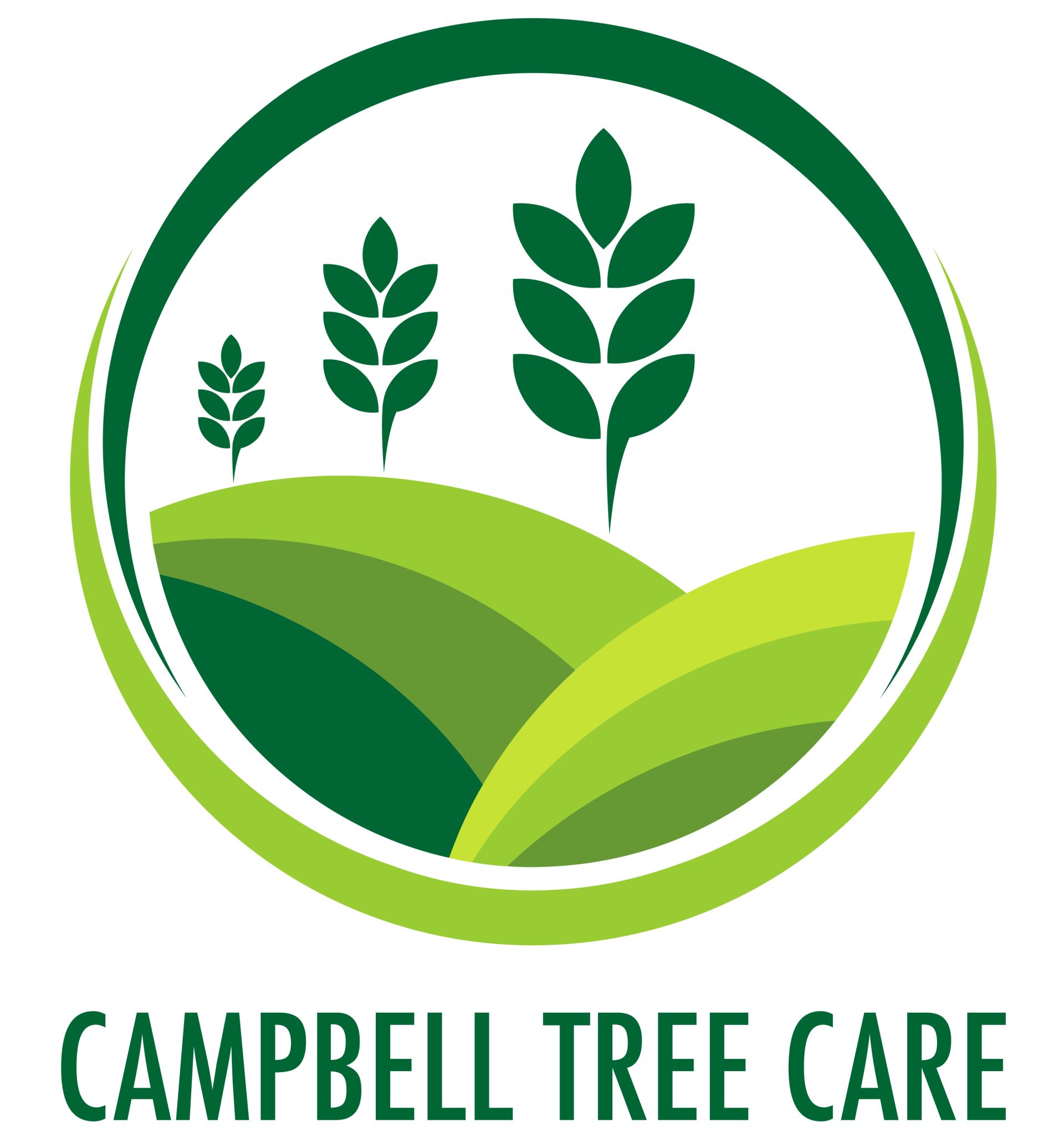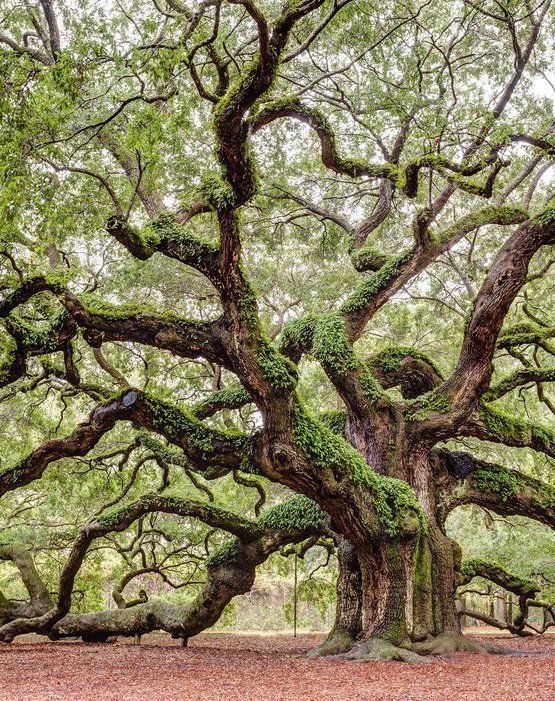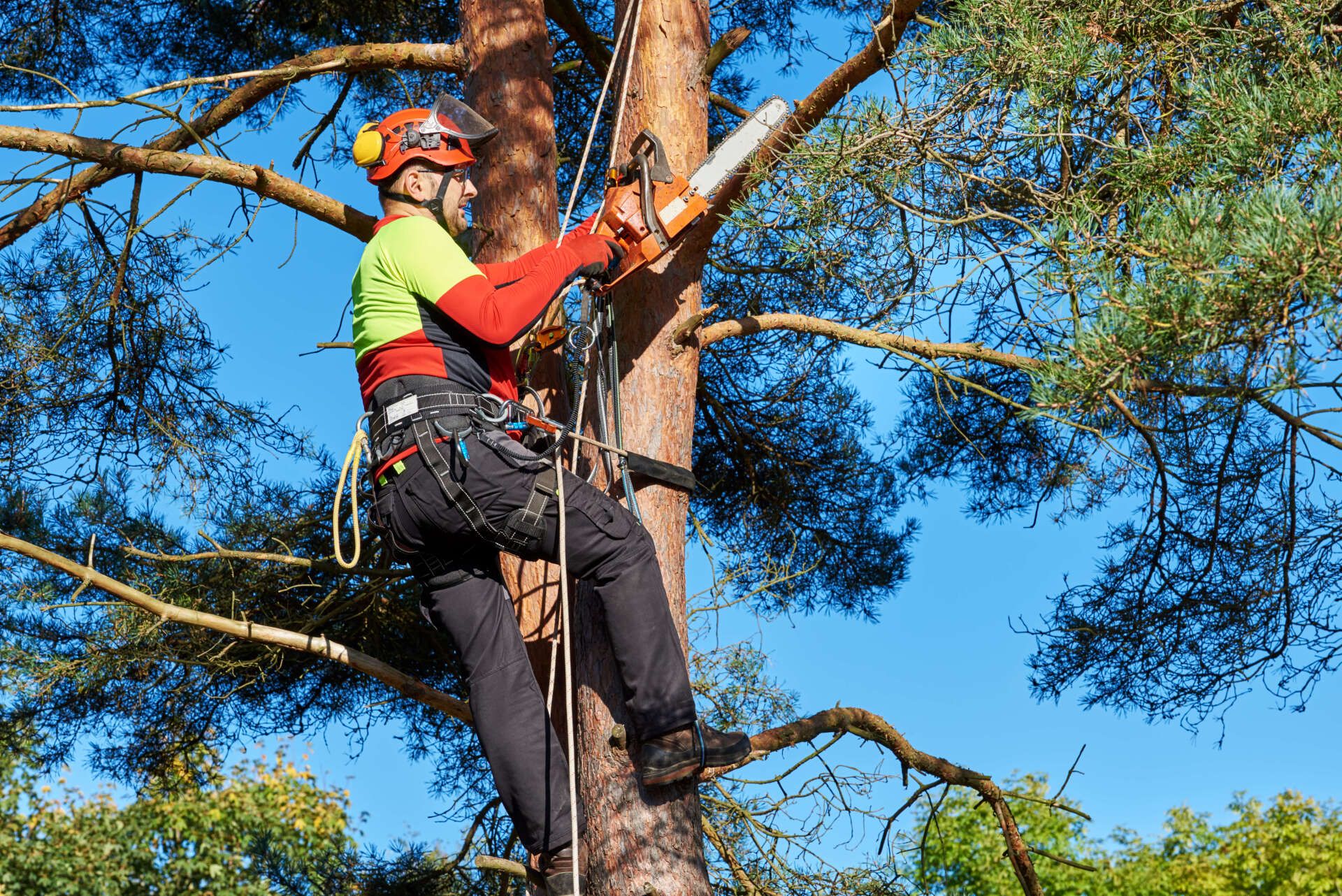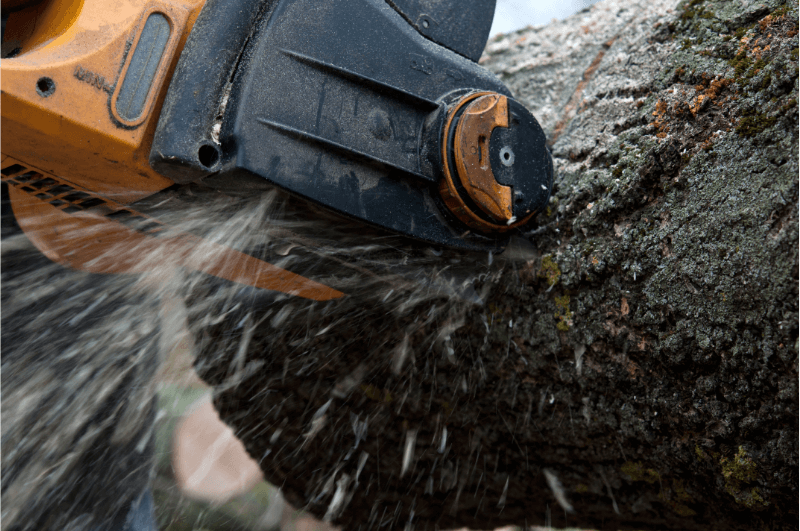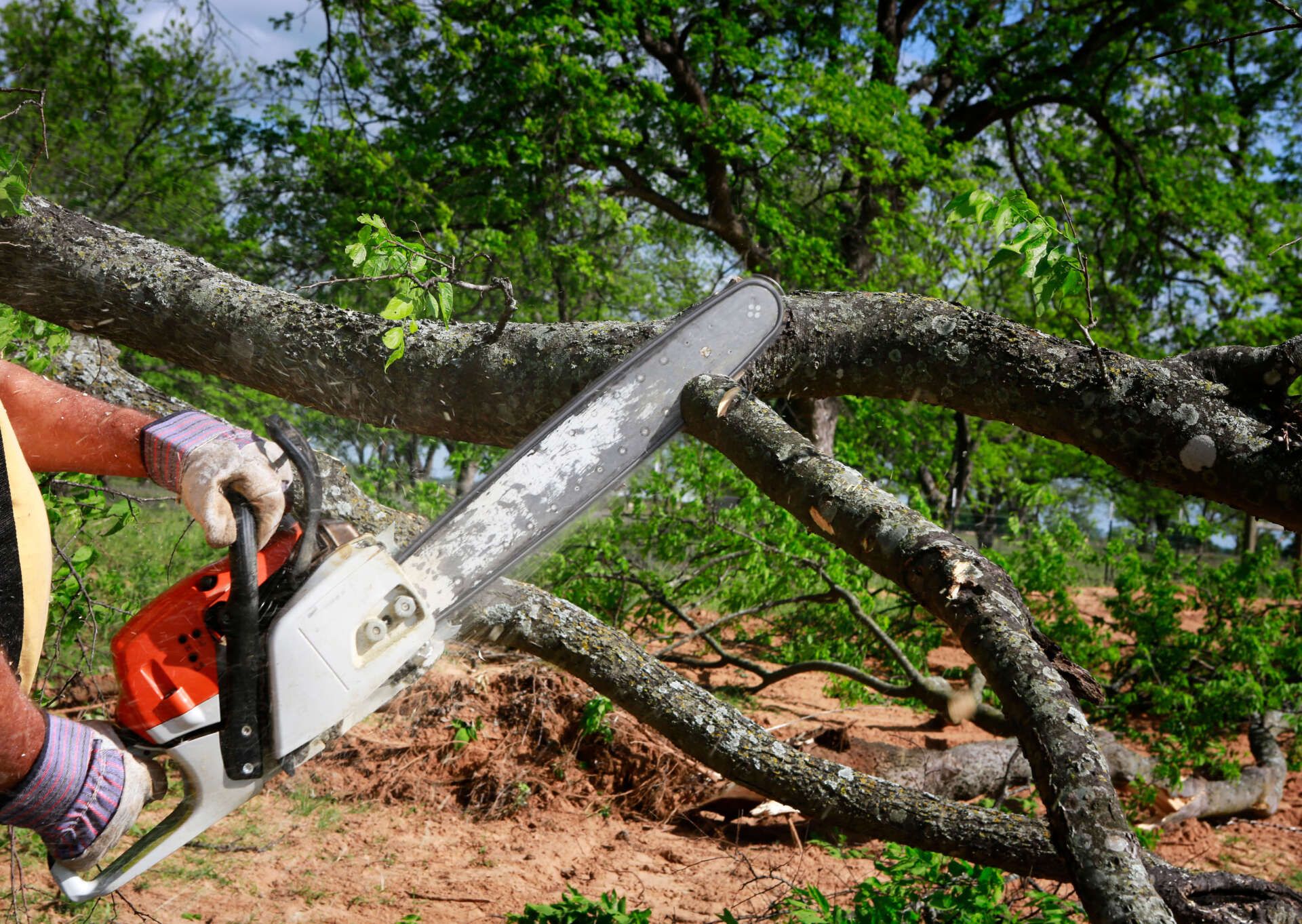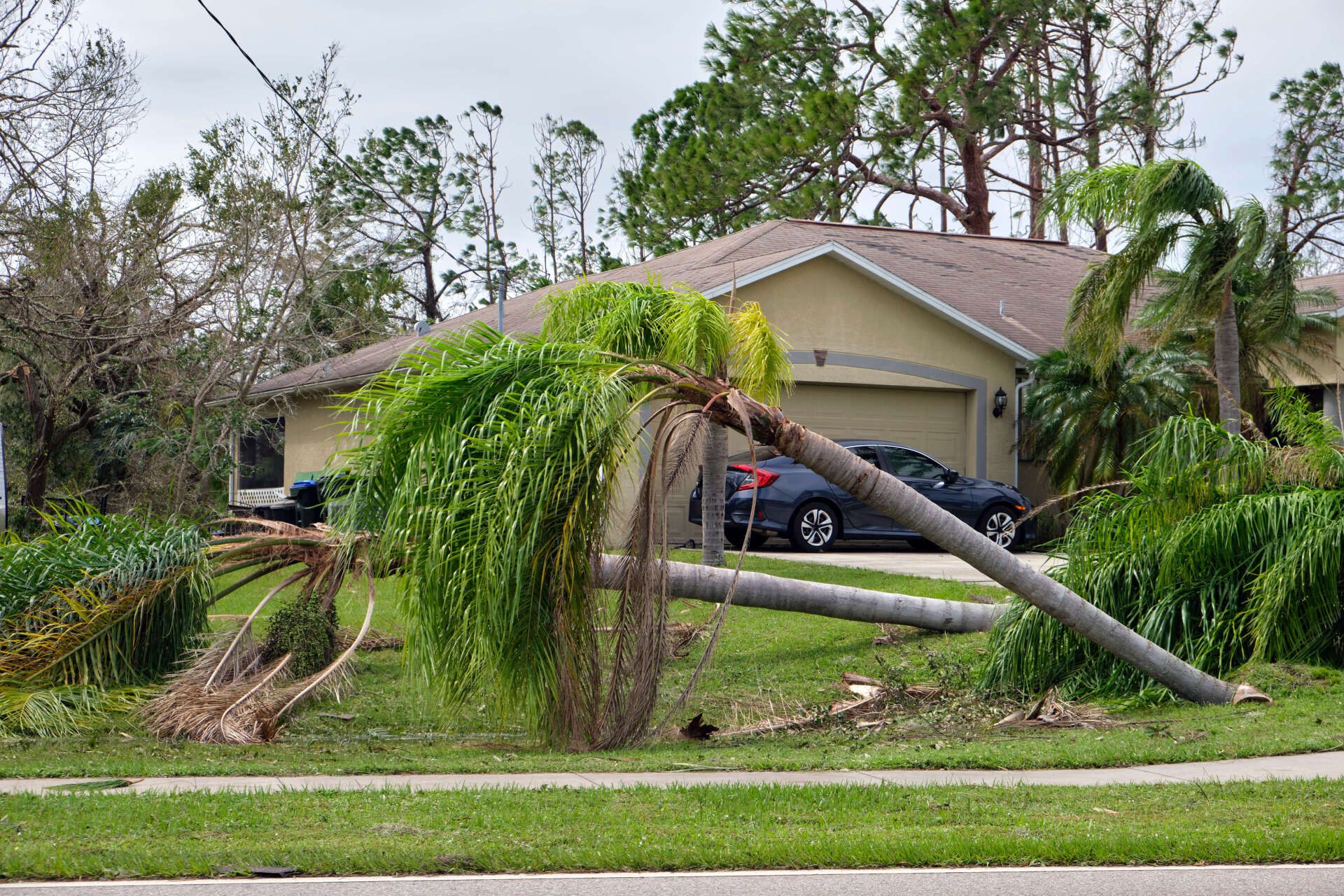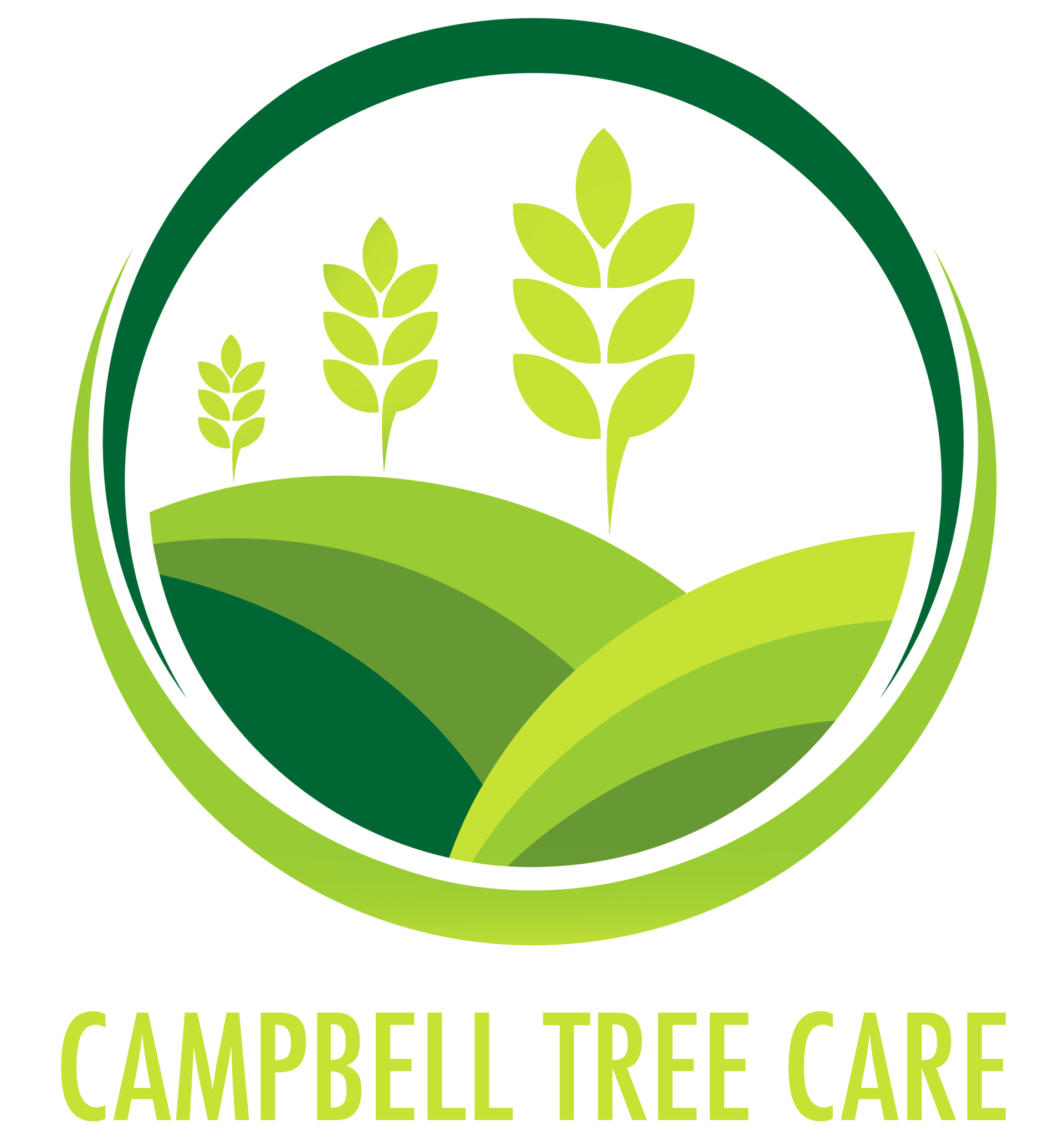Pest Management Strategies for Trees
Effective pest management strategies for trees are essential for maintaining plant health, protecting tree species, and ensuring the longevity of forests, fruit trees, and other valuable crop plants. Without proper pest control, insect pests and pest animals can severely damage both ornamental and commercial tree species, leading to significant losses in biodiversity and forest dynamics. Managing pests not only helps protect trees from damage but also supports broader environmental goals by promoting biodiversity, supporting beneficial organisms, and maintaining ecosystem stability. Key methods include controlling pest populations through integrated pest management (IPM), utilizing natural enemies, and reducing the impact of pest species by employing a range of pest control methods. In this article we will look into the various pest management strategies, including the use of cultural methods, biological control agents, and chemical controls, to ensure healthy plant growth and manage both insect pests and animal pests.
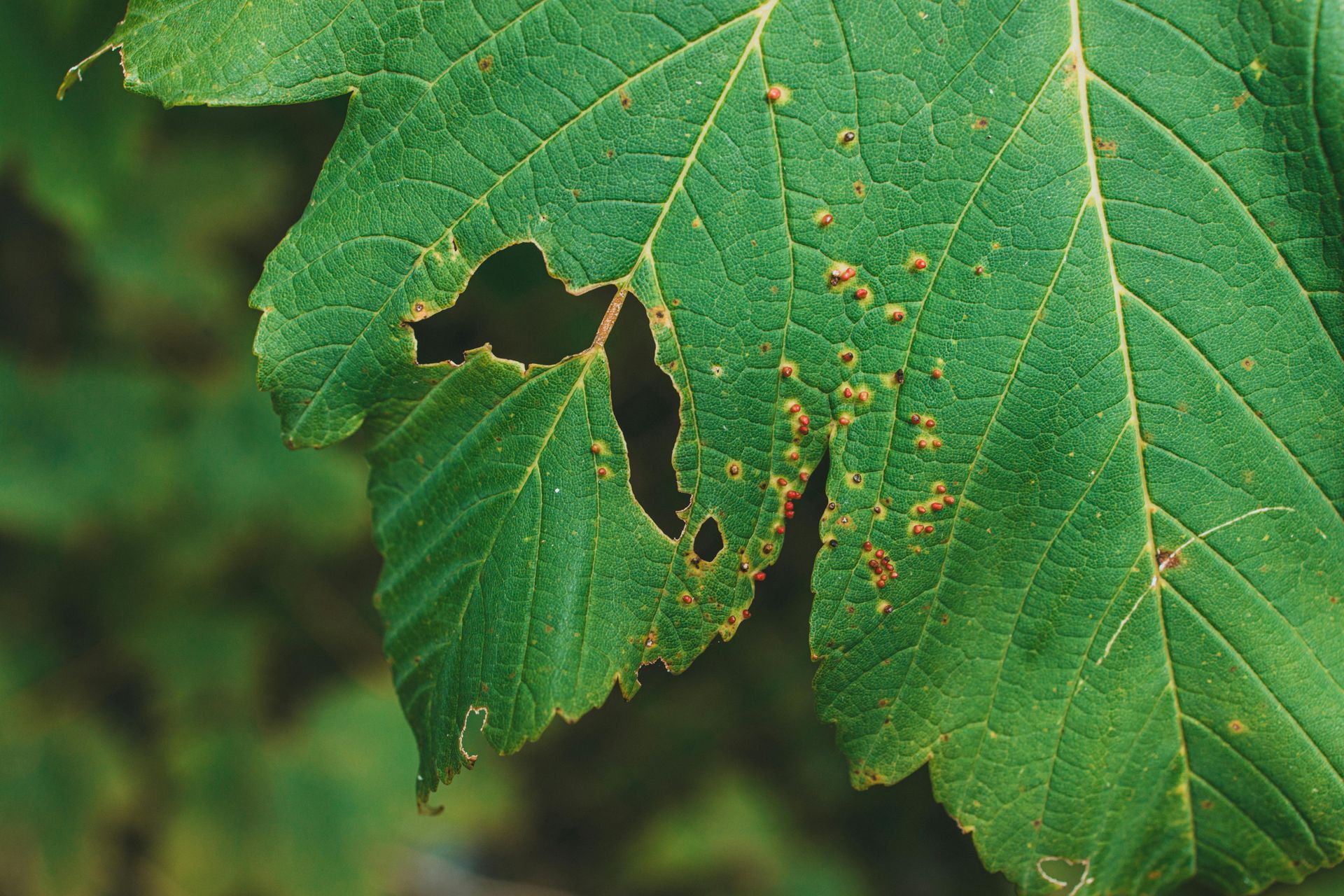
Integrated Pest Management (IPM)
Integrated pest management (IPM) is a holistic approach to managing pest species. It emphasizes combining methods to control pests, including biological, chemical, and cultural techniques. IPM focuses on long-term prevention by managing pest populations to minimize risks to human health, beneficial insects, and the environment. The key to IPM is to use methods tailored to specific pest problems, tree species, and environmental conditions. Several pest control methods can be employed as part of an IPM strategy.
3 Key Pest Control Methods
1. Biological Control Agents: Beneficial insects like parasitic wasps and predatory beetles are essential for managing insect pests in trees without using chemical controls. Parasitic wasps, for instance, target pests that lay eggs on ash or fruit trees, significantly reducing infestations and protecting plant health.
Other beneficial agents, such as ladybugs and lacewings, help control pests like aphids, while microbial pathogens, including fungal pathogens, naturally kill insect populations. These methods are key in integrated pest management (IPM), reducing the need for chemical pesticides and supporting the ecosystem’s balance.
2. Cultural Methods: These strategies involve proactive practices such as crop rotation, selecting pest-resistant tree species, and creating habitats that support beneficial organisms like natural predators and biological control agents. Proper fertilizing of trees is essential to maintain strong plant health, reducing plant stress that can attract pest populations. Healthy trees are more resilient against insect pests and other pest species, helping to prevent infestations before they begin.
Additional cultural methods include managing plant stress by ensuring trees have optimal water and nutrients levels, which can prevent secondary pests from thriving. Weed management around trees also plays a critical role in reducing competition for nutrients, improving the overall health of trees, and minimizing the spread of pest animals or insect populations. By maintaining a healthy environment, these cultural methods reduce the need for chemical controls and foster naturally occurring predators that help control pests.
3. Chemical Methods: Chemical controls, such as pesticides, can be used in IPM but should be applied sparingly to protect beneficial insects like honey bees. When targeted carefully, they effectively manage pest populations without harming the environment.
Sticky barriers are another useful chemical method, trapping pests while minimizing the impact on natural predators. Combining chemical methods with biological and cultural practices reduces the need for excessive chemical interventions.
The Role of Beneficial Insects and Natural Predators
Beneficial insects and natural predators play a vital role in maintaining healthy ecosystems by naturally controlling pest populations. These organisms help protect tree species from harmful pests, reducing the need for chemical pesticides and promoting long-term plant health. By feeding on or infecting harmful pests, they help protect tree species, eliminate the need for chemical pest control, and promote healthier environments.
Below are some of the key beneficial insects and predators that contribute to effective pest management.
1. Ladybugs: Ladybugs are key players in pest control, particularly for managing aphid populations. Aphids, which are common pests that feed on plant sap, can weaken tree species, but ladybugs consume large numbers of them, helping to maintain plant health.
2. Predatory Beetles: These beetles prey on harmful insect pests such as caterpillars and bark beetles. By feeding on both larvae and adult pests, predatory beetles play a crucial role in reducing pest populations and protecting trees from significant damage.
3. Parasitic Wasps: Parasitic wasps are highly effective at controlling insect pests by laying their eggs inside host insects like caterpillars or aphids. Once the wasp larvae hatch, they consume the host, effectively reducing pest populations without the need for chemicals.
4. Lacewings: Lacewing larvae are natural predators of soft-bodied pests, including aphids, mites, and small caterpillars. Their ability to consume these pests helps protect tree species from infestations and reduces the need for chemical controls.
5. Birds: Birds, such as chickadees and woodpeckers, play an important role in pest management by feeding on insect pests like caterpillars and beetles. Creating habitats that attract birds can naturally help reduce pest infestations in tree populations.
6. Fungal Pathogens: Naturally occurring microbial pathogens, like fungal pathogens, infect and kill insect pests. This natural form of pest control helps to manage insect populations without affecting beneficial organisms or the overall environment.
7. Predatory Mites: Predatory mites feed on harmful pests like spider mites, which damage tree leaves. These natural predators help control pest populations and reduce the likelihood of infestations without relying on chemical interventions.
Managing Infected and Diseased Trees
Managing infected and diseased trees is essential to preventing pest infestations and maintaining the health of surrounding plants. Trees weakened by disease are more susceptible to pests, making proactive care critical. By employing regular monitoring, pruning, and treatment methods, tree health can be preserved, reducing the risk of pests spreading and causing further damage. Below are key practices for effectively managing infected and diseased trees.
- Regular Pruning: Pruning infected or damaged branches helps improve tree health by removing areas where pests are likely to thrive. It also promotes better air circulation, reducing the chances of fungal infections and other diseases that weaken trees and attract pests.
- Proper Fertilization: Well-fertilized trees are stronger and more resistant to pests and diseases. Fertilizing trees appropriately ensures they receive the nutrients needed for healthy growth, which helps them withstand pest infestations and recover from damage more quickly.
- Monitoring for signs of infection: Regularly inspecting trees for early signs of infection or disease is crucial. Early detection allows for timely interventions, reducing the likelihood of the tree becoming a host for pests or spreading infections to nearby plants.
- Removal of Infested Twigs and Branches: Infested branches and twigs should be immediately removed to prevent pests from spreading. This stops pests like insects or fungal pathogens from colonizing healthy parts of the tree or moving on to nearby trees.
- Treating or Removing Diseased Trees: Diseased trees should be treated promptly with appropriate methods, such as fungicides or pruning. If the disease is severe, the tree may need to be removed entirely to prevent it from becoming a pest hotspot that could harm surrounding healthy plants.
Preventing Pest Populations from Growing
Preventing pest populations from reaching damaging levels is a key goal of any pest management strategy. This can be achieved through several effective methods:
Encouraging Natural Predators: Creating habitats that support beneficial organisms is vital for maintaining a balance between pests and their natural enemies. For instance, planting a diverse range of flowering plants and shrubs in and around tree plantations can attract beneficial insects, such as ladybugs and lacewings, which feed on common pests like aphids and mites. Additionally, providing nesting sites for birds can further enhance natural predation. These natural predators not only help control pest populations but also reduce the reliance on chemical pesticides, promoting a healthier ecosystem overall.
Biological Control: Introducing biological control agents, such as parasitic wasps, predatory beetles, or microbial pathogens, can effectively reduce pest populations naturally. Parasitic wasps, for example, lay their eggs inside or on the bodies of pest insects, allowing their larvae to consume the host and ultimately kill it. Similarly, microbial pathogens like certain fungi and bacteria can infect specific insect pests, leading to natural population control.
Chemical Controls:
Chemical controls can effectively manage pest populations but should be used cautiously to avoid harming beneficial organisms like pollinators and natural predators. They should be part of an integrated pest management (IPM) strategy that includes biological and cultural methods. Using targeted applications and timing treatments to minimize impact on beneficial insects helps achieve effective pest control while maintaining ecological balance.
Conclusion
Pest management strategies for trees must be comprehensive and adaptable to changing conditions. By incorporating integrated pest management (IPM) that combines biological, cultural, and chemical approaches, tree caretakers can create a resilient ecosystem. Utilizing natural predators, such as ladybugs and parasitic wasps, effectively controls pest populations while minimizing dependence on chemical methods. Maintaining healthy trees through regular monitoring, proper
fertilization, and promoting biodiversity is essential, as healthy trees are less susceptible to pest infestations. Ultimately, effective pest management not only protects individual trees but also contributes to healthier ecosystems and sustainable forest dynamics, ensuring the longevity of tree species and enhancing the resilience of forested landscapes in the face of environmental challenges.
About Campbell Tree Care
Campbell Tree Care is a reputable provider of comprehensive tree services, dedicated to delivering exceptional tree care solutions to our valued clients. With years of industry experience and a team of skilled experts, we offer a wide range of services, including tree pruning, hedge trimming, mulching, stump grinding, and tree removal.
Whether you need assistance with residential or commercial tree work, our expertise covers both sectors. At Campbell Tree Care, we focus on enhancing the aesthetic appeal and health of your trees. Our specialists excel in managing excessive vegetative growth, making precise pruning cuts, and ensuring optimal light penetration. From rejuvenation pruning to maintaining tree height and
root health, Campbell Tree Care is committed to providing the best possible care for your trees, resulting in vibrant and thriving landscapes.
